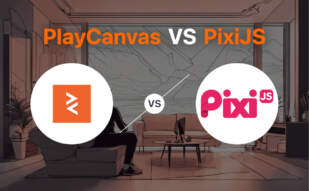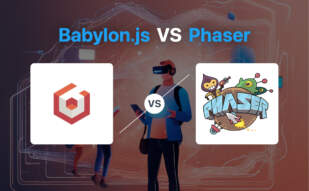If interactive 3D application creation and simultaneous multi-developer collaboration is your priority, opt for PlayCanvas. For a 2D game framework with extensive support and flexible usage, especially for single developers, choose Phaser.

Key Differences Between PlayCanvas and Phaser
- Coding and Run-time Environment: PlayCanvas uses JavaScript with WebGL for 3D graphics, while Phaser supports JavaScript and TypeScript, focusing on 2D gaming.
- Collaboration: PlayCanvas features a real-time editor for multi-developer simultaneous editing, Phaser does not support this.
- Game Type: PlayCanvas is more suitable for 3D applications/gaming, Phaser excels in the 2D arena.
- Learning Curve: Phaser is recognized for its extensive learning resources, making it beginner-friendly, unlike PlayCanvas.
- Support and Community: Phaser has strong community support and phased releases, while PlayCanvas is backed by major corporations like ARM and Activision.
| Comparison | PlayCanvas | Phaser | |
|---|---|---|---|
| Type | 3D Game/Interactive 3D Application Engine | 2D Game Framework | |
| Platform | Cloud-hosted | Desktop, Mobile | |
| Browser Compatibility | Firefox, Google Chrome | Any supporting Canvas element | |
| Features | Rigid-body physics, 3D audio handling, 3D animations | Quick rendering, Multiple physics systems, Web & HTML5 audio for sound | |
| Supporters | ARM, Activision, Mozilla | Community Based | |
| Establishment | Open-source since June 4, 2014 | Established in April 2013 | |
| Language Utilized | JavaScript | JavaScript, TypeScript | |
| Deployment | URL web link, Native wrappers for Android | iOS, Android, Native desktop apps | |
| Plans | Free, Personal, Organisation | Free to Use | |
| Collaboration | Multi-users editing, Version control system | Community Collaboration | |
| Resources | Cloud Storage Provider for VS Code | 1800+ examples, Mini-Degree from Zenva Academy |
What Is PlayCanvas and Who’s It For?
PlayCanvas is an open-source 3D game and interactive 3D application engine with a cloud-hosted creation platform that allows for simultaneous editing from multiple machines. It’s a browser-friendly platform, compatible with any supporting WebGL such as Firefox and Google Chrome. PlayCanvas has gained support from ARM, Activision and Mozilla and was later acquired by Snap Inc. in 2017. From rigid-body physics simulation to 3D audio handling and animations, this platform is a smorgasbord for developers. It’s the right pick for gaming companies, developers, and even educationalists looking for a creative and collaborative playground.
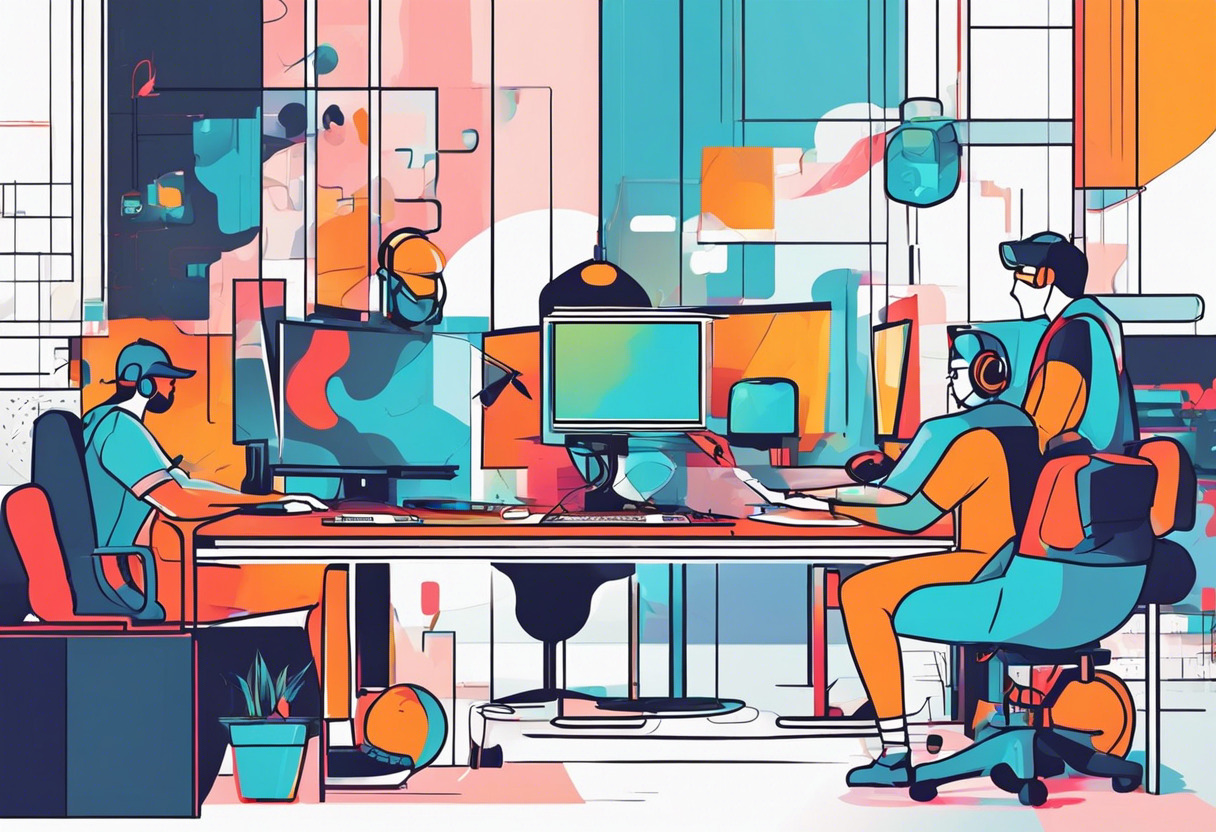
Pros of PlayCanvas
- Supports WebGL 1.0 and 2.0 standard for advanced 2D and 3D graphics
- Enables multiple users’ edits with time-based checks in update requests to prevent overwrites
- Open-source with support from key industry players
- Cloud-hosted, enabling seamless collaboration amongst developers
Cons of PlayCanvas
- Requires PlayCanvas account and generated access token for usage
- May have a steep learning curve for beginners
- Relatively less popular, hence, less community support compared to other platforms
- Limited to browsers that support WebGL
What Is Phaser and Who’s It For?
Phaser is a renowned 2D game framework used for creating HTML5 games for desktop and mobile platforms. It’s the craftwork of Richard Davey and made its debut in April 2013. The platform is coded in JavaScript and TypeScript, favoring Canvas and WebGL renderers for expedient rendering. It’s compatible with any browser supporting canvas element and is highly adaptable. Whether you are a beginner looking to dip your toes into game development or a professional developer aiming to deliver stellar games, Phaser is a worthy contender.

Pros of Phaser
- Multiple physics systems available for comprehensive game development
- Regular updates and ongoing developments, with Phaser 4 currently in the works
- Flexible usage options: supports es6+webpack, CDN, TypeScript
- Boasts over 1800 examples and active community support
Cons of Phaser
- Dependent on a browser that supports the canvas element
- Steep learning curve for beginners despite abundant resources
- Switching between Phaser versions can be cumbersome due to differences in structure and rendering
- Less suited for 3D game development
Code Examples for PlayCanvas & Phaser
PlayCanvas: Animated 3D Cube
This beginner-friendly PlayCanvas code snippet creates a 3D animated cube, which revolves continuously. This requires a standard PlayCanvas project set-up.
const entity = new pc.Entity();
entity.addComponent('model', {
type: 'box'
});
const app = new pc.Application();
app.root.addChild(entity);
app.start();
function rotate(dt) {
entity.rotate(10 * dt, 20 * dt, 30 * dt);
}
app.on('update', rotate);Phaser: A Basic 2D Bouncing Ball
In this Phaser code, we generate a 2D ball that bounces consecutively within the prescribed game area. Ensure Phaser library (v3.x) is included in your project before diving in.
var config = {
type: Phaser.AUTO,
width: 800,
height: 600,
physics: {
default: 'arcade',
arcade: {
gravity: { y: 300 },
debug: false
}
},
scene: {
create: create
}
};
var game = new Phaser.Game(config);
function create () {
this.ball = this.physics.add.image(400, 300, 'ball');
this.ball.setCollideWorldBounds(true);
this.ball.setBounce(1);
this.ball.setVelocity(Phaser.Math.Between(-200, 200), 20);
}PlayCanvas vs Phaser: The Decisive Verdict
After an intense duel of 3D and 2D forces, it’s time to deduce which powerhouse reigns supreme in the game development cosmos – PlayCanvas or Phaser?
The Browser-based Battlefront
If you’re a developer engaged in creating browser-based games or applications, PlayCanvas scores big. With its WebGL compatibility and real-time collaborative features, simultaneous editing across multiple systems becomes a breeze. Indulge in a live-preview of your 3D marvel on browsers like Chrome or Firefox as you code alongside your team.

The Mobile Marketeer
Building games for mobile? Phaser could be your knight in shining armor! Its flexible deployment across iOS and Android sets it apart. Employ Apache Cordova or PhoneGap, and watch your 2D game come to life on your users’ screens. Phaser’s commitment to es6+webpack, CDN, and TypeScript compatibility opens up a multitude of possibilities for your mobile creation.
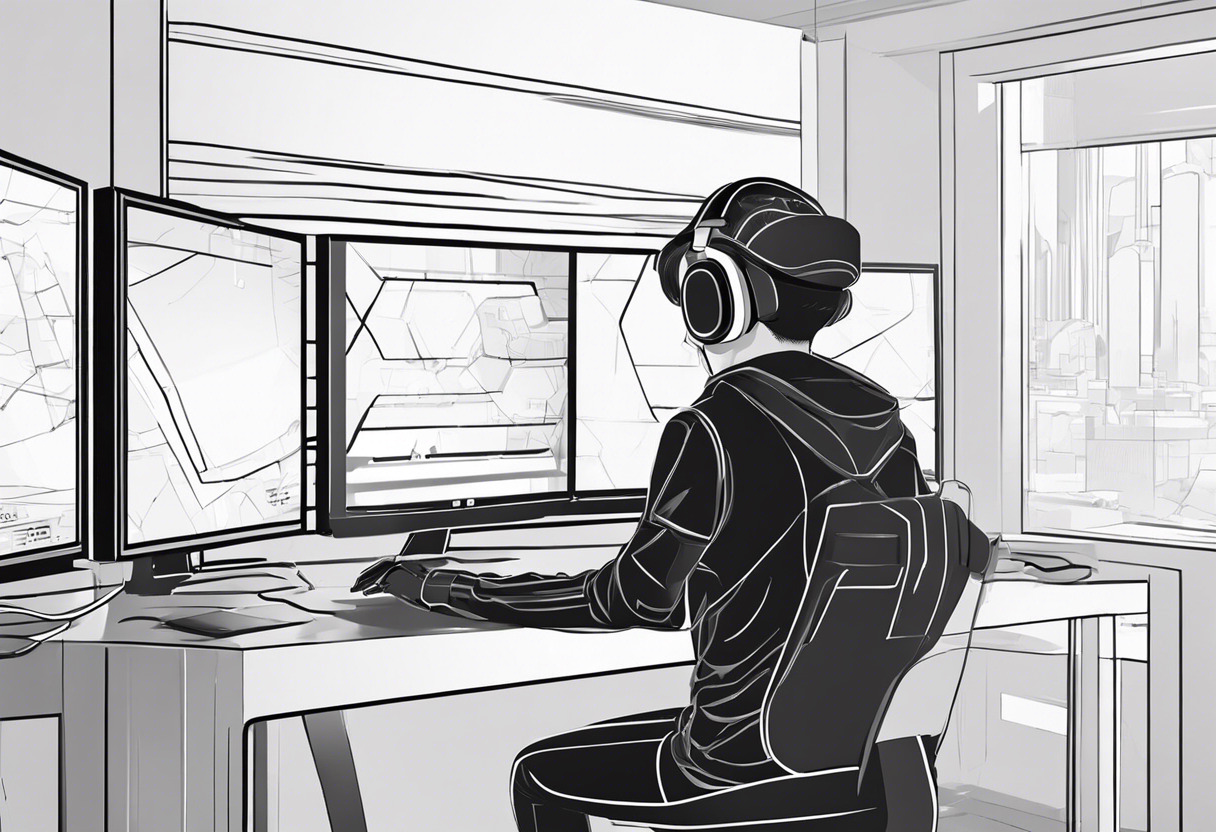
The Budget-bound Beginner
For the passionate beginners charting their course on a budget, both PlayCanvas and Phaser offer free versions. But Phaser’s ample learning resources and active community support may just make it your ideal starting point in the world of game development.
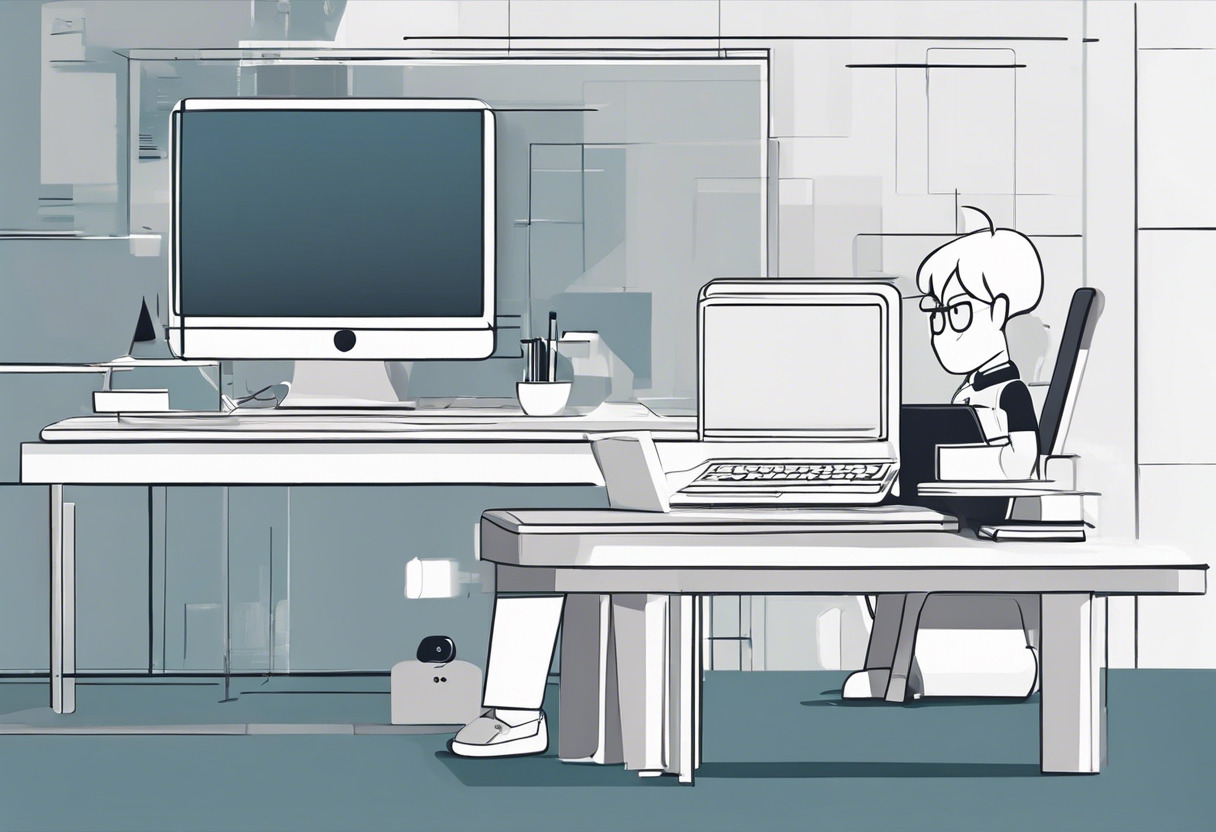
In the PlayCanvas vs Phaser showdown, the former clinches for its 3D prowess and real-time collaborative features ideal for browser-based development, whereas Phaser excels in 2D mobile game creation backed by solid learning resources. Your choice, driven by your requirements.
Hannah Stewart
Content writer @ Aircada, tech enthusiast, metaverse explorer, and coffee addict. Weaving stories in digital realms.




